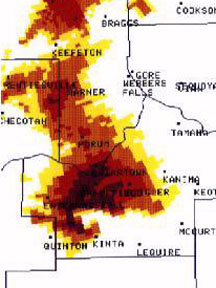What's New on the Site?
When Nature Strikes - Earthquakes
When Nature Strikes - Volcanoes
When Nature Strikes: Tsunami Classroom Activity
When Nature Strikes: Wildfires - Why are they a challenge to stop?
Windows to the Universe Community | |
News | Opportunities |
You might also be interested in:

Science, Evolution, and Creationism
How did life evolve on Earth? The answer to this question can help us understand our past and prepare for our future. Although evolution provides credible and reliable answers, polls show that many people turn away from science, seeking other explanations with which they are more comfortable....more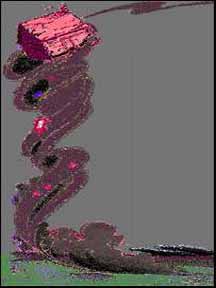
Tornado Notification
Tornadoes are very dangerous. This is why it's important to know when they are going to form. Forecastors at the National Weather Service are always looking for storms that could pop up. Nobody knows exactly...more
Tornado Lookouts
Meteorologists use radar to forecast where tonadoes might form. But, the radar can't detect actual tornadoes. People are needed for that. That's a problem because people without any training don't know...more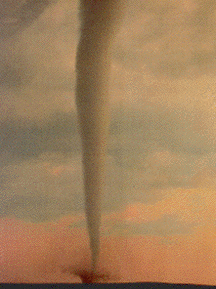
Tornadoes
Tornadoes form from severe thunderstorms. They are very destructive because they have a high energy density. They also don't last very long. This makes it hard to learn about them. Since scientists don't...more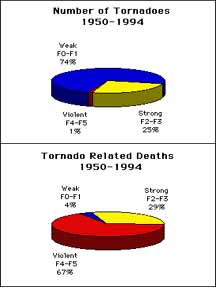
Tornado Stats
Most of the world's tornadoes happen in the United States. These tornadoes are around Tornado Alley. There are about 750 tornadoes each year in the U.S. An average of about 100 people are killed each year...more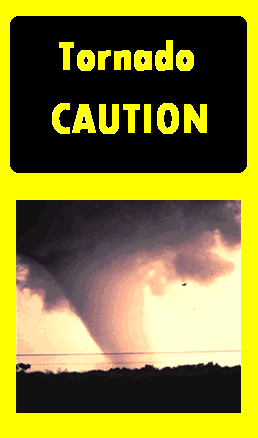
Tornado Safety
It is important to be ready for tornadoes because they are very dangerous. You and your family should make a plan for where you should go to be safe if there is a tornado where you are. Most places like...more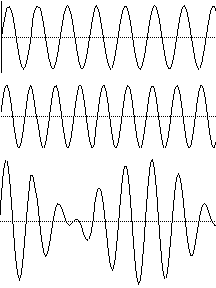
Wave Beats
Sound travels in waves. When the waves hit your ear, you hear a sound. Have you ever noticed the waves in the ocean? They go up and down, up and down. Sound waves act the same way. The number of times...more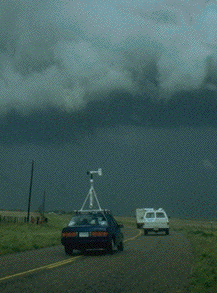
Chasing Tornadoes
Storm chasers are different than storm spotters. Chasers travel around Tornado Alley looking for severe storms and tornadoes. Sometime there are dozens of chasers following the same storm. All kinds of...morePlease log in
Science Blogs
Real Climate: climate science from climate scientists

Windows to the Universe, a project of the National Earth Science Teachers Association, is sponsored in part is sponsored in part through grants from federal agencies (NASA and NOAA), and partnerships with affiliated organizations, including the American Geophysical Union, the Howard Hughes Medical Institute, the Earth System Information Partnership, the American Meteorological Society, the National Center for Science Education, and TERC. The American Geophysical Union and the American Geosciences Institute are Windows to the Universe Founding Partners. NESTA welcomes new Institutional Affiliates in support of our ongoing programs, as well as collaborations on new projects. Contact NESTA for more information.



